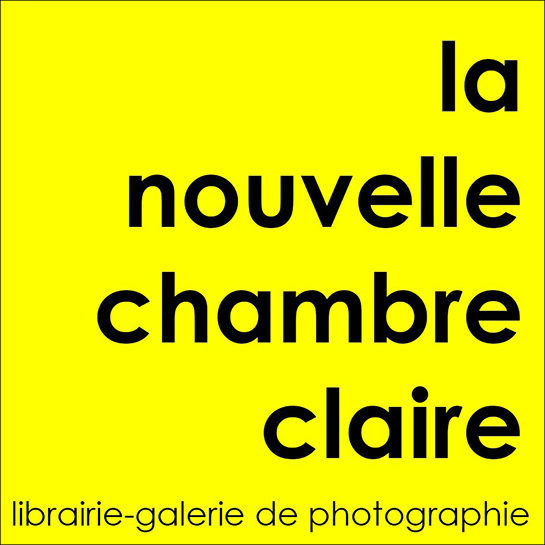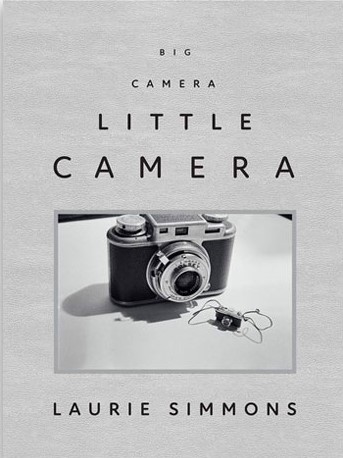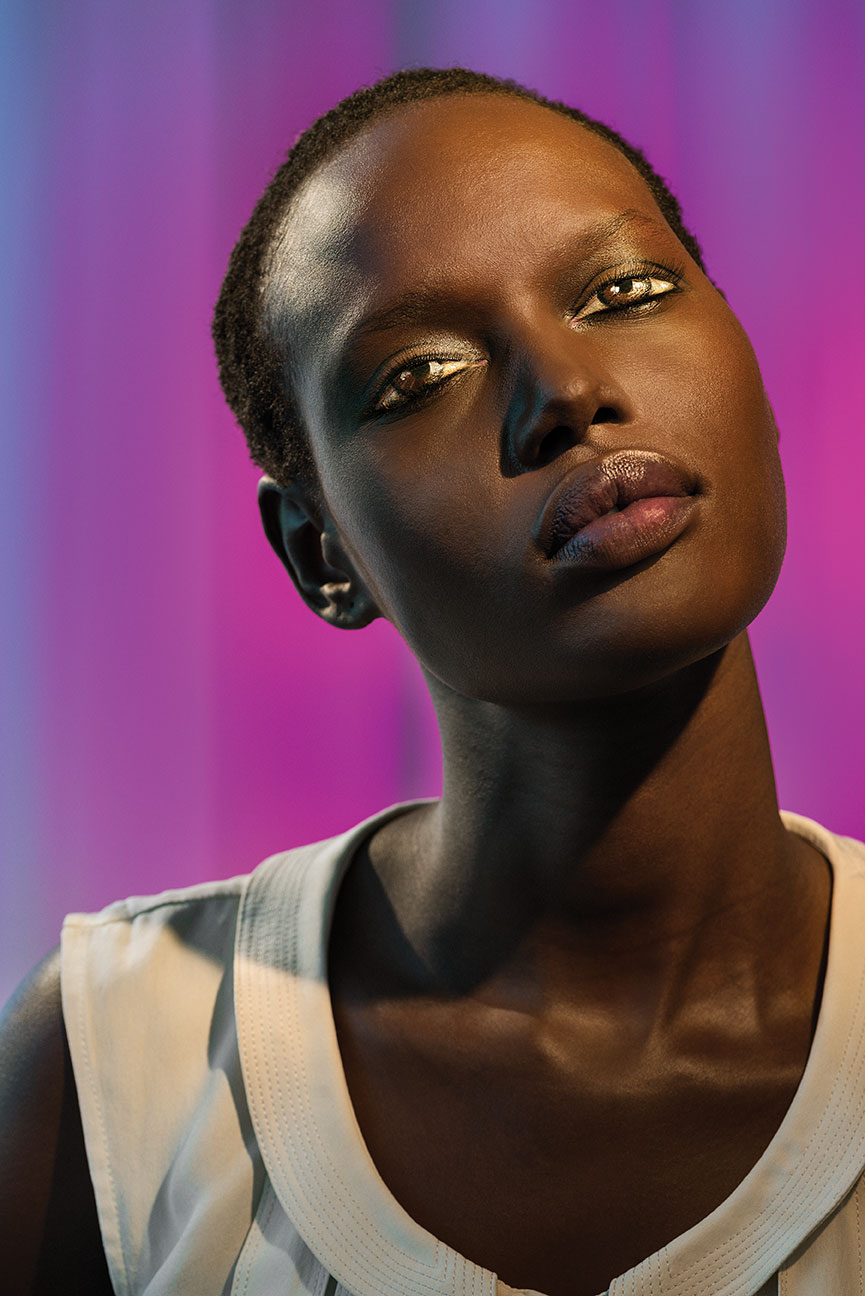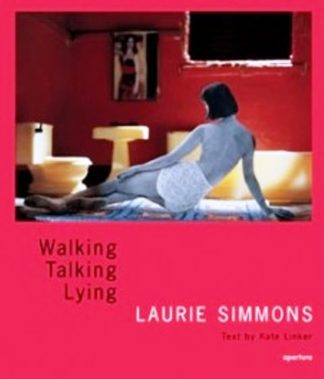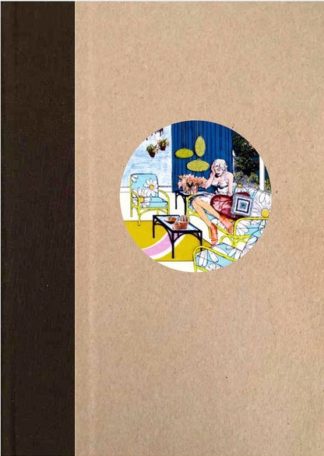L’exploration des rôles de genre archétypaux par Laurie Simmons est un sujet aussi puissant aujourd’hui qu’à la fin des années 1970, lorsqu’elle a commencé à développer son style artistique mature en utilisant des maisons de poupées, des accessoires et des poupées comme stand-ins pour les gens et les lieux. Au moyen de la photographie et du cinéma, son travail étudie la nature de la représentation, les notions de performance, la matérialité de la vie quotidienne et les stéréotypes inventés que nous combattons tous. Ses scènes fictives frappent un accord psychologique alors qu’ils font des observations vives sur la vie réelle. Laurie Simmons : Big Camera/Little Camera couvre la carrière de Simmons à ce jour, de ses photos emblématiques en noir et blanc des poupées féminines dans des décors domestiques à ses portraits les plus récents monumentaux et de couleurs vibrantes.
The Modern Art Museum of Fort Worth presents a major survey of works by Laurie Simmons (American, born 1949), organized by Andrea Karnes, senior curator, with full support of the artist. This exhibition showcases the artist’s photographs spanning the last four decades, from 1976 to the present, a small selection of sculpture, and two films.
Simmons’s career-long exploration of archetypal gender roles, especially women in domestic settings, is the primary subject of this exhibition and is a topic as poignant today as it was in the late 1970s, when she began to develop her mature style by using props and dolls as stand-ins for people and places. Often isolating the dolls and photographing them situated in tiny, austere settings, Simmons uses fictional scenes to make observations about real life. These works are now iconic of her career. “Simmons’s imagery takes into account her own experience of coming of age in the 1950s,” says Andrea Karnes. “Without being autobiographical or spelling out specific narratives, however, the work strikes a psychological chord, seeming to underscore the difficulties of living the American dream, or in a larger context, any dream of domestic bliss.”
The namesake image for this exhibition, Big Camera/Little Camera, 1976, from the series Early Black and White, shows an actual camera juxtaposed with a miniature camera, which exemplifies Simmons’s other central interest: manipulating scale. “I put the two cameras together for scale,” Simmons explains, “and as a metaphor—real life versus fiction. It was also a statement about what I intended to do with the camera.”
Laurie Simmons: Big Camera/Little Camera is accompanied by a fully illustrated, color exhibition catalogue that presents insight and analysis of Laurie Simmons’s work by writers from a variety of fields. This publication features contributions by Andrea Karnes, Senior Curator of the Modern Art Museum of Fort Worth and organizer of the exhibition; Andrianna Campbell, art historian, writer, and doctoral candidate in the department of art history at CUNY, New York; Carroll Dunham, an artist living and working in New York; Omar Kholeif, writer, curator, editor, and broadcaster based in Chicago and London; William J. Simmons, Provost’s Fellow in the Humanities at the University of Southern California and a Mellon Fellow in Women’s History at the New-York Historical Society; Lynne Tillman, author, culture critic, and professor; Calvin Tomkins, author of multiple books and art critic for The New Yorker; and Matthew Weinstein, an artist living and working in New York. Michael Auping, former chief curator of the Modern Art Museum of Fort Worth, has contributed an interview with the artist.
